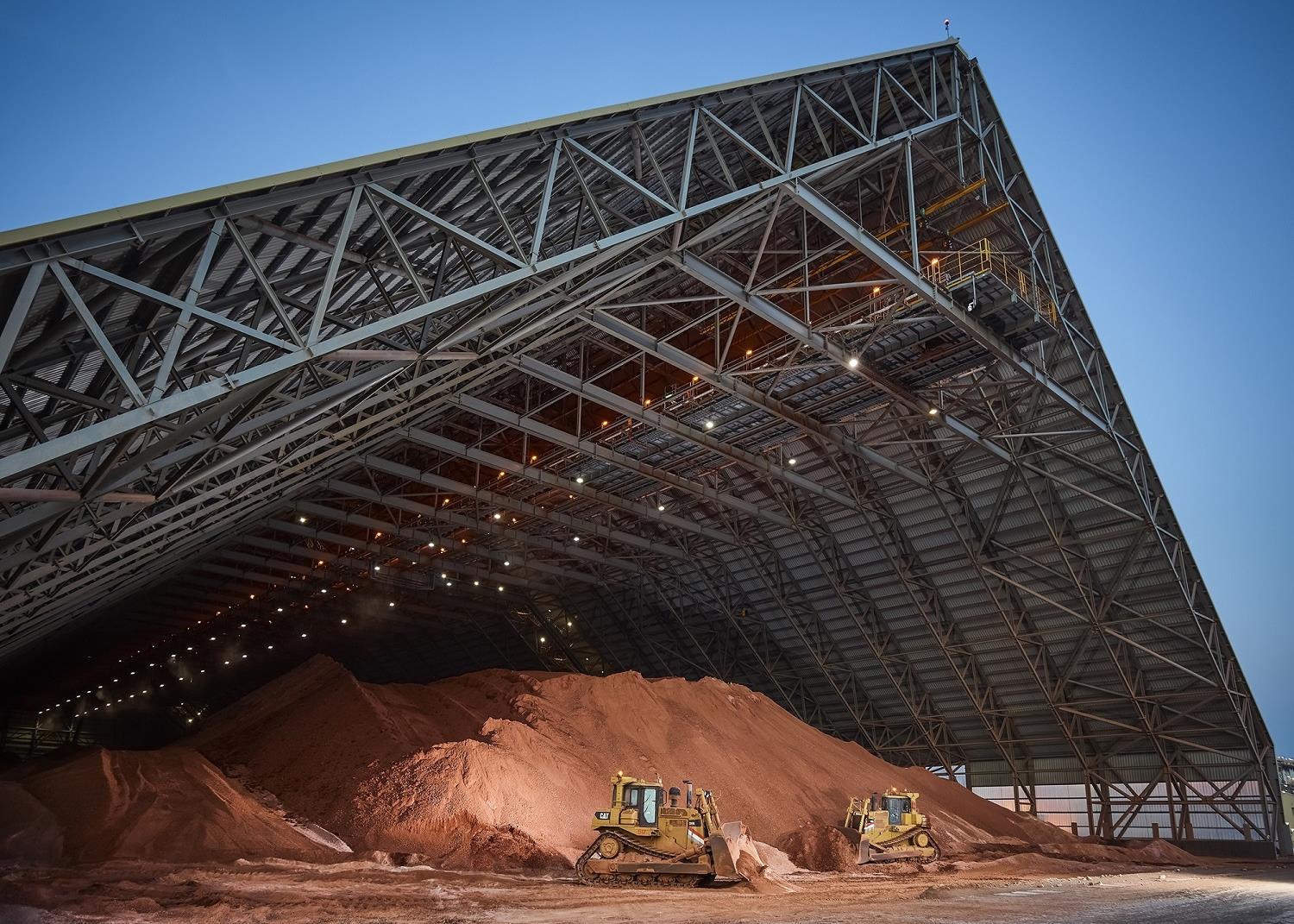
Saudi Arabia’s largest lender aims to boost market share
Saudi Arabia’s National Commercial Bank (NCB), one of the biggest banks in the region by asset size, is set to continue a lending drive that made it one of the most-active lenders in the country in 2010.
The bank is one of few in Saudi Arabia that managed to record a positive growth in its assets and loan book because determination throughout the last year to win new deals by offering some of the most competitive pricing in the market.
Pricing on loans has dropped dramatically in Saudi Arabia as several of the largest banks compete over the limited lending opportunities. NCB is seen as being at the forefront of the pressure on lending margins in Saudi Arabia.
One local banker says, “The sharp decline in pricing has been led by a couple of local banks, and NCB has certainly had a large appetite over the last year.” Bankers suggest that NCB is trying to buy back market share after a slow period before the beginning of 2010.
NCB reported a 9.7 per cent increase in total assets by the end of 2010, rising to SR282.4bn ($75.3bn). Loans and advances grew by 12 per cent to SR125.6bn. In contrast, some of the other largest banks in the kingdom saw their total loan book shrink during 2010. Samba reported a 4.6 per cent decline in the size of its loan book in 2010, while Sabb reported a 2.9 per cent decline. Banque Saudi Fransi managed to report a 3.4 per cent increase in its loan book by the end of 2010.
A source at the bank says its recent spate of lending is, “a factor of two things, the liquidity in the market and our cost of funds. If both of those are in your favour, there is no reason not be a very active participant in the market.” He adds that appetite remains to continue booking new deals.
Over the past 12 months several large riyal-denominated loans have been completed, with NCB understood to be consistently offering among the lowest-priced funding. In August 2010, Power & Water Utility Company for Jubail & Yanbu (Marafiq) priced a SR2.5bn loan at just 85 basis points above the Saudi interbank offered rate (Sibor), rising to 140 basis points in the final five years of the 15 year loan. The bank also provided a SR4.5bn loan to local petrochemicals producer Saudi Kayan, at undisclosed pricing. In mid-December NCB was one of five local lenders that provided SR1.2bn to local mobile operator Etihad Etisalat (Mobily) at margins of just 65 basis points above Sibor.
Bank chiefs in Saudi Arabia are hopeful that pressure on margins has reached a plateau as 2011 starts.
“Some banks are hungrier than others,” says one local bank head. “But I think there are signs that things are stabilising now as margins are not that attractive.”
Another banker adds: “Things seem to have reached some sort of floor, in terms of pricing, after being led downwards by a couple of banks in the last year.”
Bankers also point to impending changes in banking regulations that will require banks to put more capital aside for their loans, limiting their ability to book more assets. “Banks will have an eye on what new regulations will mean for them and that will start to make them more cautious,” says the local bank head.
In November the loan to deposit ratio of Saudi banks dropped to 80.3 per cent, the lowest level since December 2009, as deposits rose, but lending growth remained weak. “Improving lending is the key to building the banking sector’s profitability in the coming years. Up to November, cumulative bank profits reached SR24.22bn, down 10.8 per cent from SR27.15bn in November of 2009. Since 2006, commercial bank cumulative profits have declined year on year,” says John Sfakianakis, chief economist at Banque Saudi Fransi.
You might also like...

Alstom wins Jeddah airport deal
18 April 2024

Chinese contractor to build 86-storey tower in Dubai
18 April 2024

Japan and UAE to explore clean energy cooperation
18 April 2024

Contract awarded for Algeria steel project
18 April 2024
A MEED Subscription...
Subscribe or upgrade your current MEED.com package to support your strategic planning with the MENA region’s best source of business information. Proceed to our online shop below to find out more about the features in each package.




